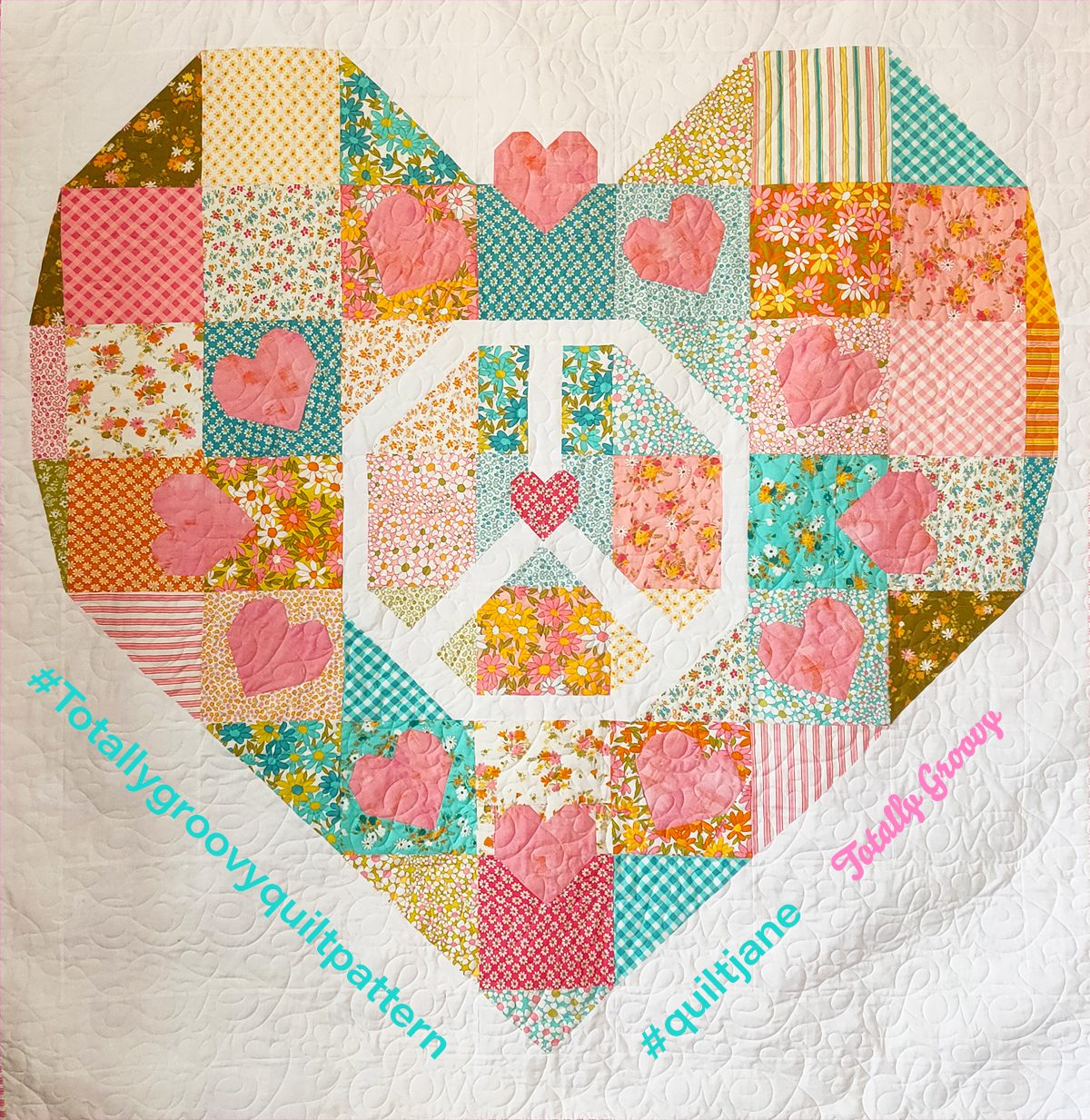
Strip piecing, joining seams and pressing.
Today I would like to discuss tips for strip piecing, joining strips and pressing blocks in preparation for ‘The Desperate Housewife’s Quilt’.
Strip piecing
Strip piecing is a timesaver when you are making multiple blocks which have identical rows made up of square, diamond, triangular or rectangle pieces.
Simply it is joining strips of certain widths and cutting those strips at various angles into equal widths to create a block row.
The important steps in producing perfect strips are:
- Accuracy in initial cutting of strips
- Use starch
- Pin
- Consistence 1/4″ seam
- Press open (or press over) seams
- Use a centre seam for angle measurement rather than top or bottom of strip set
- Keep adjusting ruler every few cuts to make sure angle and measurement is still accurate.
 |
| Cutting a 45 degree angle |
 |
| From this |
 |
| To this |
Open vs seams to one side
Both methods have their place in quilting. I tend to use more open seams these days because I like the flat look with no bulk. If your stitch is short and tight then nothing is going to poke through and you never have to worry about which side to press towards. Dark or light, up or down. Sometimes, you will need to press the seams to one side, especially when many seams intersect. Seams to one side is also handy when you want to quilt in the ditch. The higher seam acts as a guide.
 |
| Seams Open |
 |
| Seams to one side – ‘ the dark side Luke ‘ |
Pinning the Seam Intersections
I start with pairing the two pieces, right side together. Move the pieces until the seams fit snuggly together.
Place a pin at exactly 1/4″ (equal to your seam allowance) straight up and down through the two seams. The pin should be right through the stitch line of both pieces. If it is not, manipulate the pieces until it is. Remember, the pin must be straight. Shifting to left or right will move the pieces and the seams intersections. Place a pin on either side and remove centre pin. This should hold the seam position in place and stop the seams being caught or shifting under the presser foot. Repeat this for all seam intersections and pin in between each piece.
Always reduce sewing speed when coming to a seam. It is like driving fast over a speed hump. The car takes off and veers to to the left or right. If the sew line is not 1/4″ inch it will effect your angled intersections. (It is more forgiving with straight seems). Get your needle as close to the pin as possible before removing it. Try not to sew onto the pin. It distorts stitches and damages the needle.
Pressing
Give your block a press. ( A gentle laying of the hands not a deep tissue massage ) and you have one perfect piece to add to your quilt block.
 |
| Seams to one side |






6 Comments
Larissa
Thankyou so much for this. As a long-time sew-er, though new quilter, I found this extremely helpful! Thanks for the tips and reminders alike!!
Deanna
The 45-degree cutting technique is new to me. Most helpful!
Samelia's Mum
Thanks for another fantastic tutorial. As a learn as I go quilter, very useful.
liz
Thank you for sharing your great tips. I learned a lot!
sally johnson
Awesome post thank you so much for this
sms11770
Thank you for sharing this great tutorial. As a beginning quilter I find your tips to be very helpful; especially about starch and the crawlies